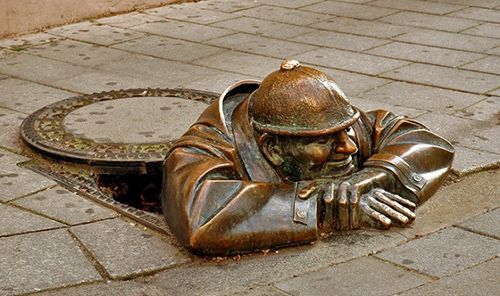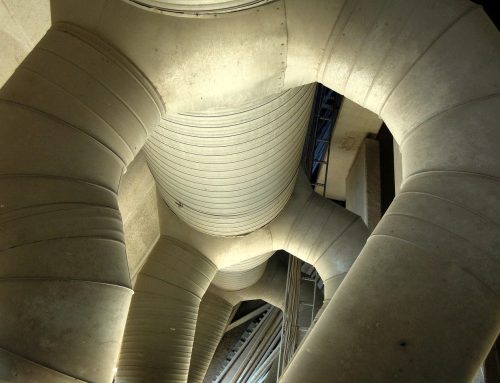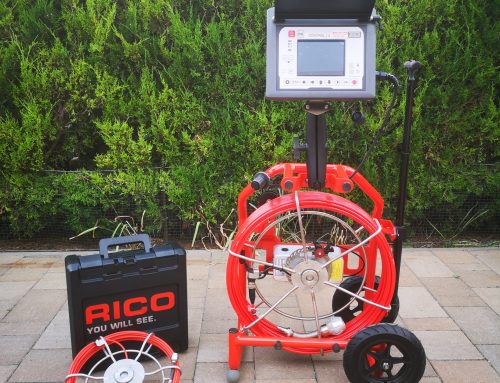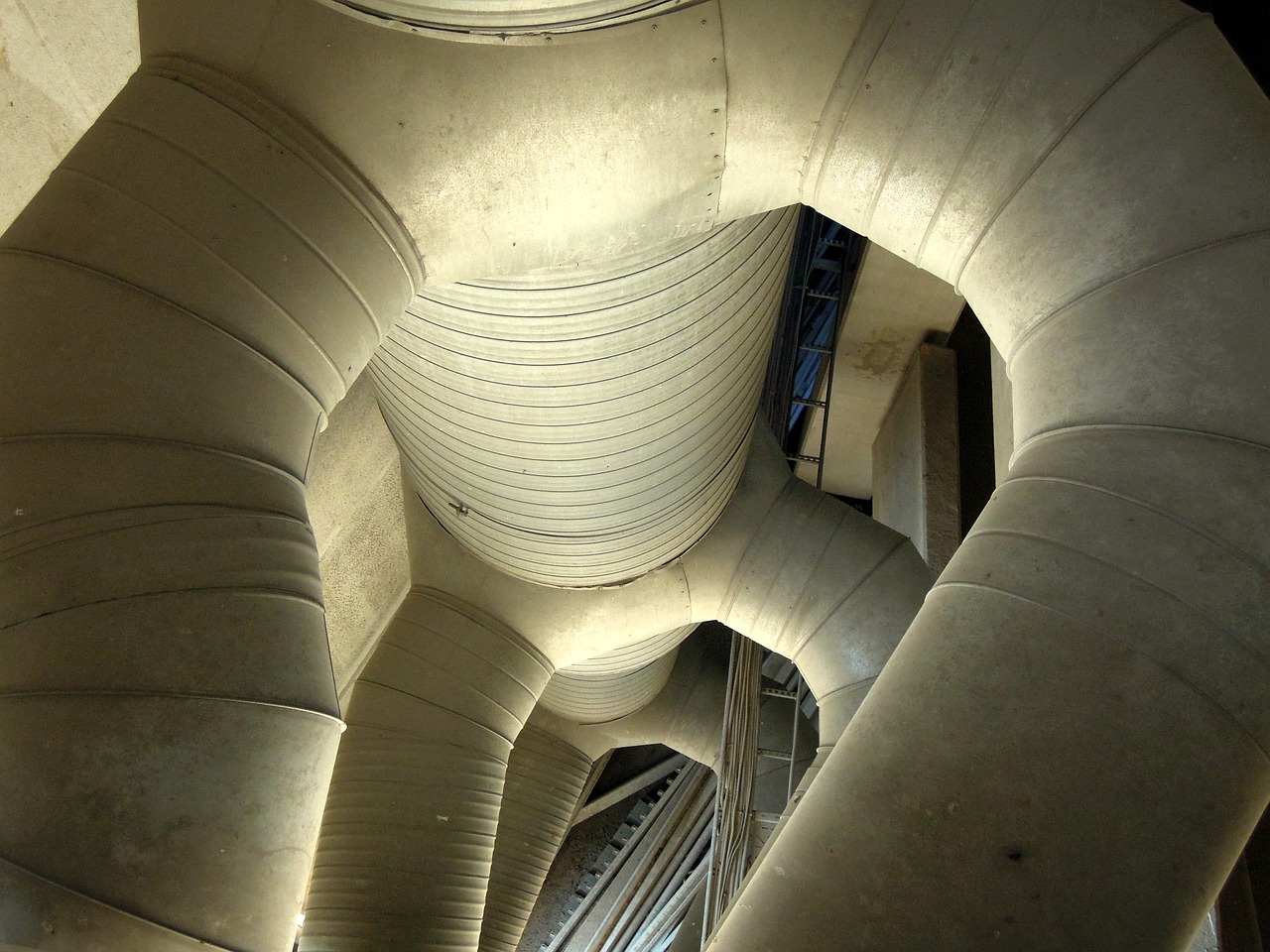Megelőzés vagy csőcsere? – Miért kell figyelnünk a csatornák közötti tömítésekre?

Akik kertes házban élnek, jól tudják: legalább kétszer gondot kell fordítaniuk otthonunkra, mintha társas- vagy panelházban laknának. Például sok problémát okozhat a szennyvíz elvezetése. Túl azon, hogy gondoskodnunk kell a csatorna megfelelő lefektetéséről és karbantartásáról, a csövek közötti tömítésekre is figyelnünk kell. Ellenkező esetben dugulással, csőtöréssel kell szembenéznünk, sőt súlyosabb esetben az egész épület biztonsága veszélybe kerülhet…
Gondok a csatorna körül
Ha egy panel- vagy társasházban keletkezik a dugulás, akkor annak okait általában a lakásunk területén belül kell keresnünk. Itt legtöbb esetben ugyanis a vécé vagy éppen a mosogató eltömődése okozza a problémát, amely rendszerint megszüntethető az oda nem illő tárgyak vagy anyagok eltávolításával. Nem így a kertes házaknál, ahol igen gyakran az épületből kivezető csővezeték állapota miatt következik be a dugulás. Ha nem fordítunk kellő figyelmet és energiát a kerti csatornára, akkor előbb-utóbb akadozni fog a szennyvíz elvezetése. Mindez egyenes utat fog jelenteni a blockage, illetve a még súlyosabb problémák kialakulásához.
Szétcsúszó csövek
Alapvetően a háztartási szennyvizek esetén kétféle problémát kell megoldani. Egyrészről gondoskodnunk kell az esővíz elvezetéséről, melyeket az úgynevezett dréncsövekkel végezzük. Másrészről az otthonunkban, a vécé vagy éppen a sink használata során keletkezett szürke-, valamint feketevizet is el kell vezetnünk.
A szennyvíz szállítása a kertünkben található földalatti csővezeték segítségével történik. A channel megbízhatóságának és tartósságának szempontjából nagy szerepet játszik, hogy a csővezeték milyen anyagból készült. Amíg a régebbi házak kertjeiben rendszerint betonból, illetve eternitből készülő csatornák találhatóak, addig a modernebb lakásokban a csövek egyre inkább PVC (polivinil-klorid), valamint újabb generációs műanyagokból (pl. polietilén, polipropilén stb.) készülnek. Sokan pedig még a régebbi otthonokban is úgy döntenek, hogy inkább plasztik alapanyagúra cserélik ki a kerti csatornacsövet. Ezek ugyanis korszerűbb technológiát képviselve környezetbarát megoldást kínálnak, mint betonból vagy eternitből készülő társaik, valamint jóval tartósabbnak is számítanak.(Például az eternit nagy mennyiségben tartalmaz azbesztet, amely anyag köztudottan súlyosan károsítja a környezetet.)
A csatornahálózat „szűk keresztmetszetének” a csövek közötti tömítések számítanak. A csövek összekötése tokos gumigyűrűs vagy ragasztott idomokkal történik. Amennyiben egyik cső a másikhoz nem illeszkedik, akkor az összetoldásban kell keresni a hibát. Jóval gyakoribb probléma azonban, hogy a tömítések elfáradása miatt csövek között rések – szaknyelven szólva dilatációs hézagok – keletkeznek. A tömítések elfáradása miatt többek között a csövek szétcsúszásával, a csatorna törésével számolhatunk. Mind e mellett az eternit cső könnyen törik, akár egy kis földmozgástól, de a fák gyökérzete is könnyedén belenő az illesztéseknél.
Ilyenkor a csővezetéken nem képes rendesen továbbítani a szennyvizet, vagyis ahelyett, hogy az utcai vezetékbe folyna, a kertünk talaját fogja áztatni. Mivel egy négytagú család egyetlen nap alatt nagyjából 600 liternyit vizet fogyaszt el, így az ilyen földalatti vízfolyások a ház alapjának, súlyosabb esetben az egész utcának (!) a süllyedését eredményezhetik. A megsüllyedt épület stabilizálása pedig roppant nagy költségekkel járhat, sőt az anyagi terheken kívül azon kellemetlenségekkel is fog járni, hogy a felújítás idejére ki kell költöznünk a házból.
Alattomos gyökerek
Másik kockázata a tömítésék elfáradásnak az úgynevezett gyökérbenövés lehet. Nem is gondolnánk, ám a csatorna épségére kertben található fák és bokrok nagy veszélyt jelentenek. A szép növények ugyanis a föld alatt akár méteres gyökeret is növeszthetnek maguknak, így hamar elérhetik azt a mélységet is, ahol a csatorna található. Amennyiben akár csak egy kis rést találnak a csővezetékek között, akkor gyökereikkel gyorsan be fognak hatolni a csatornába.
Különösen a betonból illetve eternitből készülő csövek vannak veszélyben. Nem csak azért, mert a gyökerek könnyedén bele tudnak kapaszkodni ezekbe az anyagokba, hanem azért is, mert ezek a csatornák rendszerint régebbi építésűek. Ebből következően a bennük levő illesztések is megvetemedtek, vagyis nagyobb eséllyel fognak utat találni a gyökerek a belsejükbe.
Ha a gyökér már bejutott a csatornába, akkor igen gyorsan tovább növeli méretét. Mégpedig azért, mert a szürke- illetve feketevizek nagy mennyiségben tartalmaznak olyan ásványi tápanyagokat, amelyek elősegíthetik a növény fejlődését. Még a viszonylag vékonyabb hajszálgyökerek is képesek lehetnek a csőhálózatba való behatolásra, de a nagyobb példányok akár szét is repeszthetik a vezetéket. hajszál gyökérként nő bele majd ott megnő és szétroppantja a vezetéket!
Ilyenkor minimum azzal számolhatunk, hogy a szennyvíz nem tud rendesen elfolyni a csőhálózaton. A gyökér azonban meglepően rövid idő alatt akár teljesen be is nőheti a csatornát. Súlyosabb esetben egészen a házunkig terjeszkedhet, s a növényi részek a drain aljában is látszani fognak. Ami nem pusztán riasztó látvány, hanem komoly dugulást is okoz.
Nem könnyíti meg a helyzetünket az sem, hogy – szemben a házban való dugulásokkal – a gyökér a földalatti csatornarendszeren keresztül alattomosan és észrevétlenül tud terjeszkedni. Legtöbb esetben így csak akkor vesszük észre a gyökérbenövést, amikor már tényleg nagy a baj és a specialist azonnali segítségére van szükségünk. Érdemes azonban figyelnünk az árulkodó jelekre: például az elázott falakra vagy a házban állandóan jelenlevő csatornaszagra. Ezek ugyanis egyértelműen figyelmeztetnek arra, hogy valami nincsen rendben a csövek körül.
Előzzük meg a gyökérbenövést!
Legjobb megoldás azonban, ha elejét vesszük a problémáknak. Először is: ügyeljünk a csatorna nyomvonalának vezetésére! Mindig tartsuk be azt az aranyszabályt, hogy fát, bokrot, de cserjét se ültessünk a csatorna nyomvonalának közelébe. A kertet ékítő növényeket célszerű legalább 50 cm-es távolságra ültetnünk a csatorna tervezett nyomvonalától.
Kertünkben különösen az örökzöldektől tartsuk a csővezetéket tisztes távolságban. A télen is eredeti színükben pompázó növények ugyanis minden más fánál erősebb gyökeret tudnak növeszteni, amelyek nem csak vastagságuk, hanem agresszivitásuk miatt is veszélyesek. A méteres fenyőfának ugyanis olyan erős és szapora gyökere van, hogy még fokozottabb sebességgel képes benőni a csatornát.
Bizonyos időközönként – például havi-2 havi rendszerességgel – érdemes lehet olyan gyökérirtó vegyszereket a csatornába juttatnunk, amelyek megakadályozhatják a nemkívánatos növényi részek elterjedését. Természetesen mielőtt bármiféle kemikáliát öntenénk a csatornába, győződjünk meg róla, hogy a csövek, valamint a köztük levő tömítések is vegyszerálló anyagból készültek.
Ha már megtörtént a gyökérbenövés, akkor feltétlenül kérjük szakember segítségét, aki speciális eszközök (pl. gyökérvágó) segítségével megállíthatja az elburjánzást. A gyökerek ugyanakkor nem csak erősek, hanem igen gyorsan regenerálódnak is. Sajnálatos tapasztalat, de ha egyszer megjelentek a lefolyó környékén a hívatlan látogatók, akkor előbb-utóbb úgyis az adott csőszakasz cseréje fog következni.
Érdemes ezért még a blockage megjelenése előtt megfontolnunk, hogy újabb csöveket fektessünk le a régi csatorna helyett. Szerencsére a technika fejlődésének köszönhetően ma már egyre jobb tömítésű csővezetéket hoznak forgalomba. A napjainkban megjelenő csatornák illesztései lényegében hermetikusan záródnak, vagyis jóval kevésbé fenyegeti őket az a veszély, hogy elgyökeresedjenek. Nem mellesleg az újabb generációs műanyagok a környezetet is sokkal kevésbé károsítják.
All rights reserved, www.magyarendre.hu












